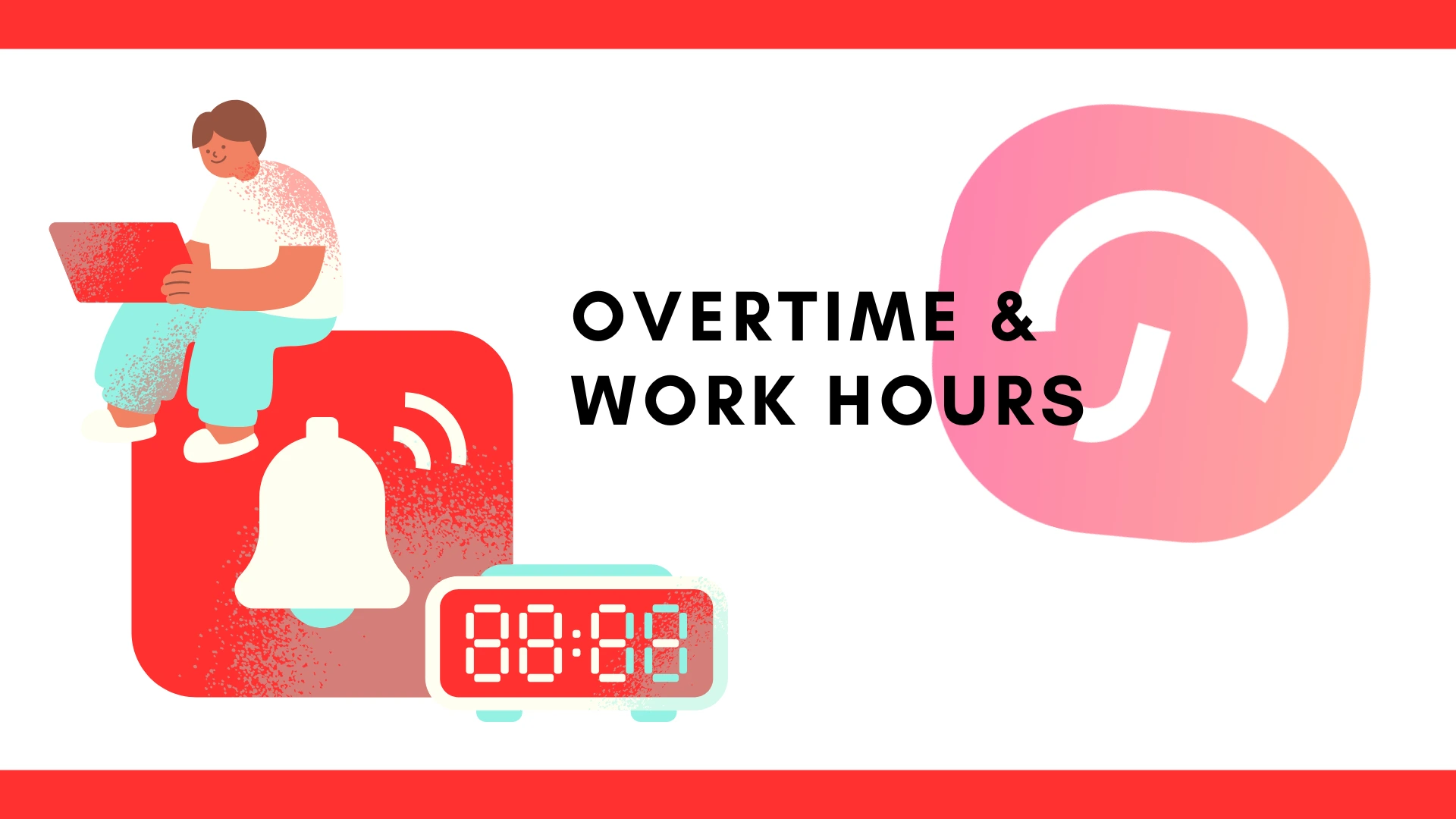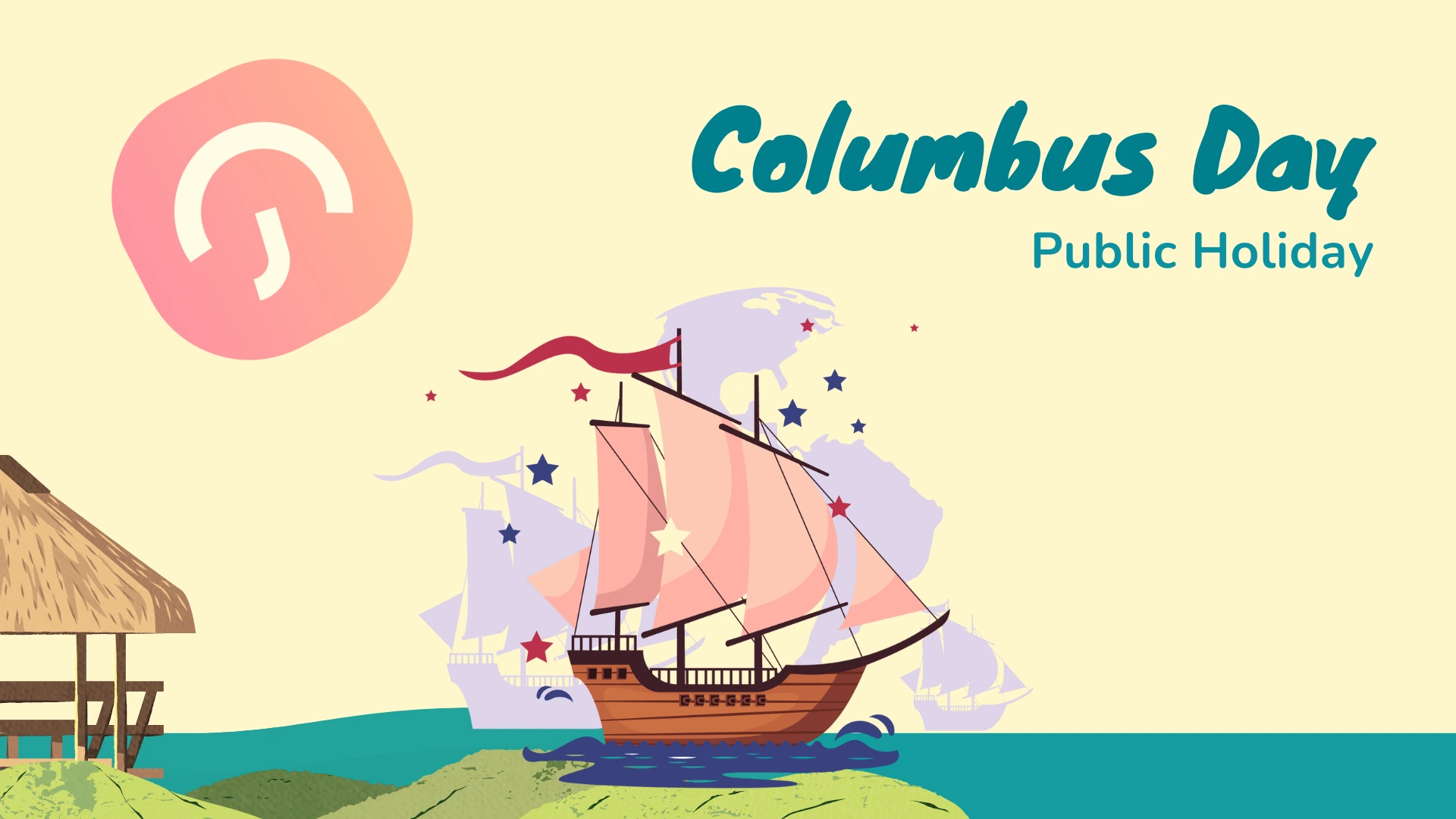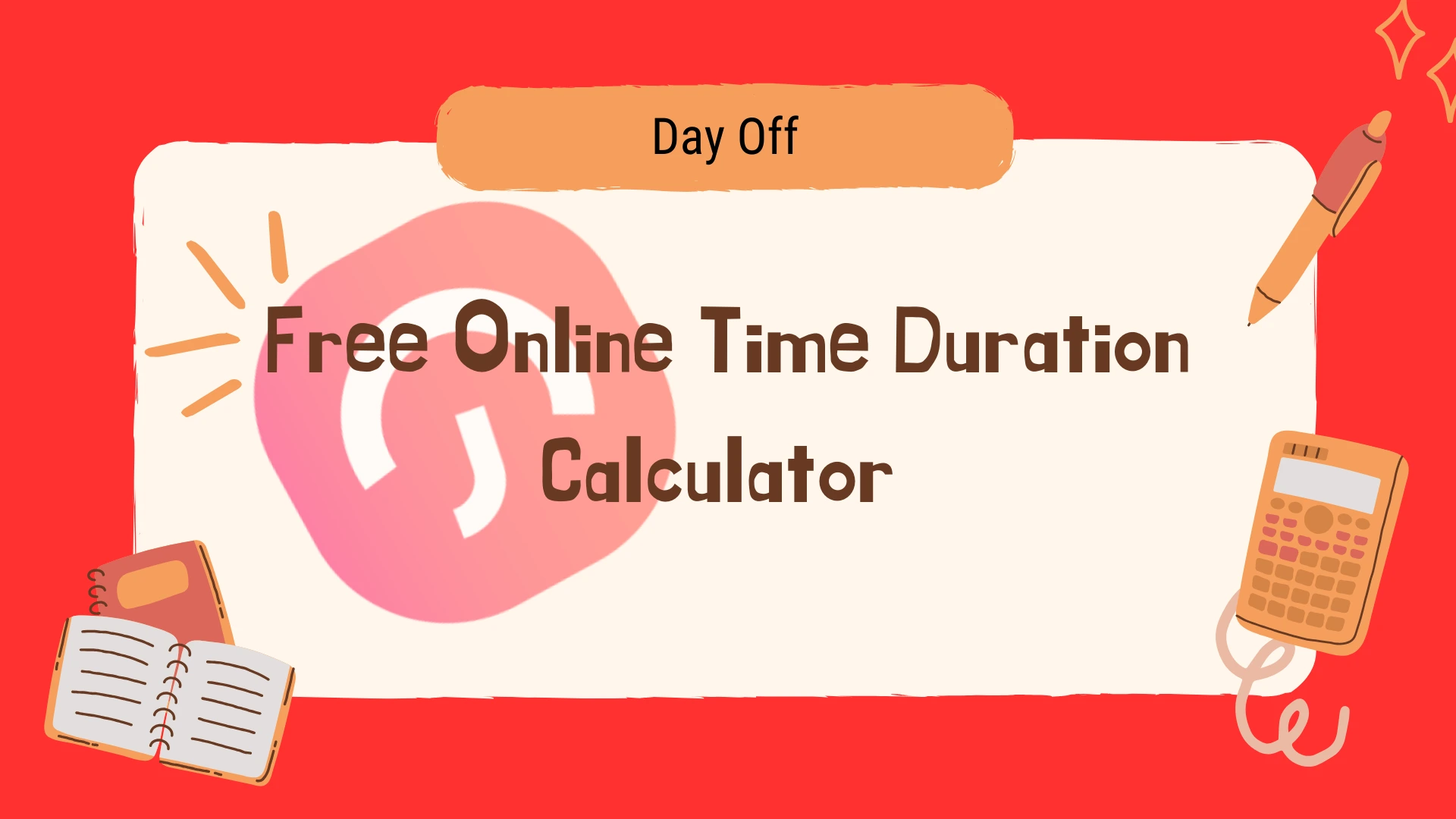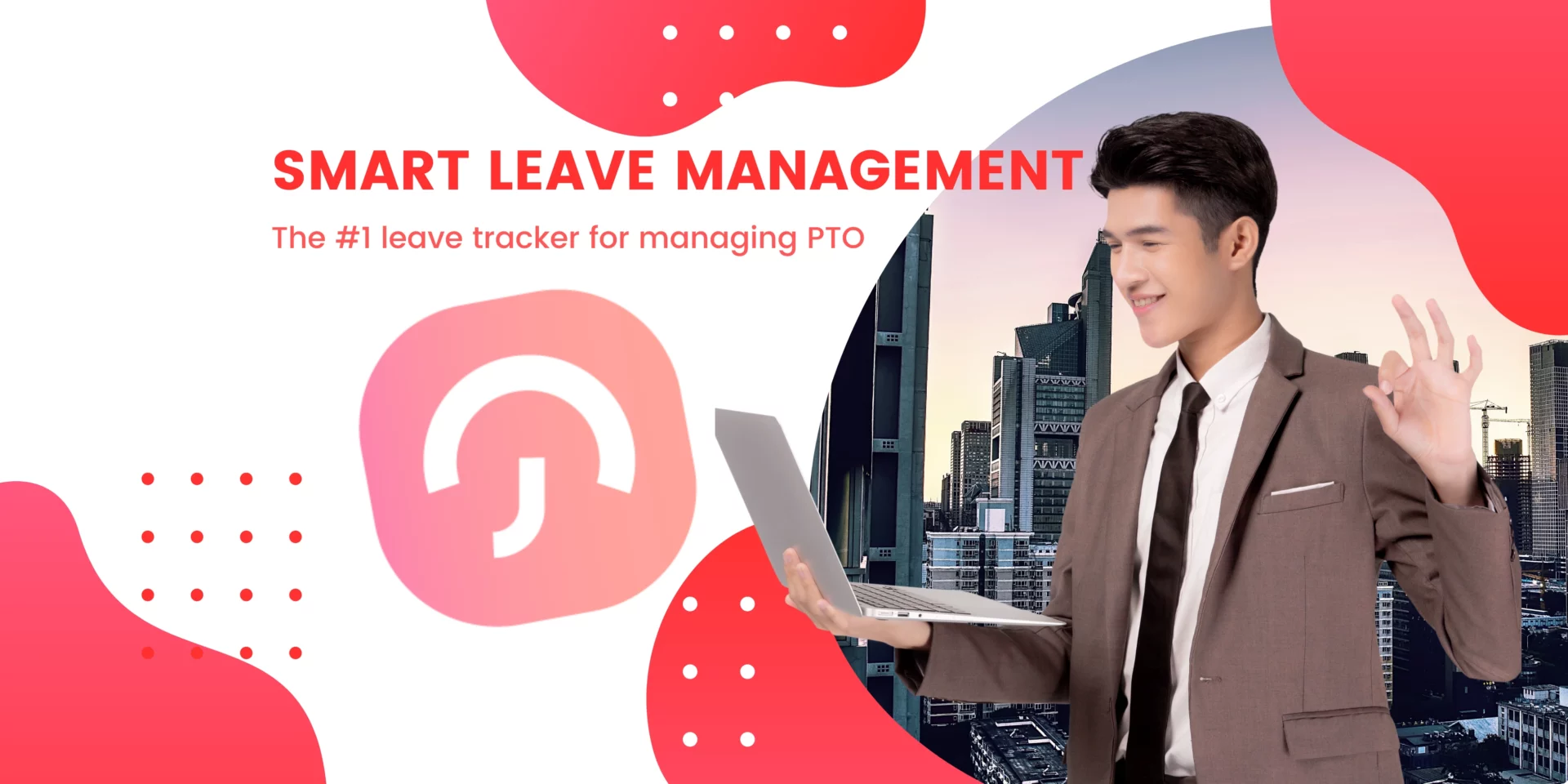Managing employee leave, vacations, and absences is critical for any organization. Without proper systems, businesses risk facing payroll mistakes, project delays, and employee dissatisfaction. A smart vacation tracker solves these challenges by providing a modern, digital solution for employee leave and absence management.
Instead of relying on outdated spreadsheets or manual updates, companies can use a vacation tracker to automate requests, approvals, and PTO balances, ensuring accuracy, fairness, and transparency.
What Is a Smart Vacation Tracker?
A vacation tracker is a tool that allows companies to record, monitor, and manage employee time off in one place. Unlike manual tracking methods, a smart vacation tracker uses automation and real time updates to handle all aspects of leave management. Employees know exactly how many vacation days they have left, managers can see who is off at any given time, and HR no longer has to deal with confusing spreadsheets or endless email threads.
For example, if an employee requests two weeks off in July, the system automatically checks their balance, applies company rules, and updates the team calendar so managers can plan accordingly. This level of automation reduces confusion and ensures everyone stays on the same page.
Key Features of a Smart Vacation Tracker
Automated Leave Requests & Approvals
With a smart vacation tracker, employees no longer need to send emails or chase down managers for approval. Instead, they can request time off through a web portal or mobile app. The request is instantly sent to the manager, who gets a notification and can approve or decline with just one click. This not only saves time but also creates a documented record of every request.
For managers, automation means fewer interruptions and faster decision making. For employees, it eliminates the frustration of waiting days for a response. The entire process becomes smooth, professional, and transparent.
Real Time PTO & Vacation Balances
One of the most common sources of conflict in leave management is unclear PTO balances. Without proper systems, employees may not know how many days they have left, leading to disputes and payroll issues. A vacation tracker solves this by automatically updating balances after every approval.
Employees can log in anytime to check their available days, while HR can generate accurate reports instantly. This transparency reduces misunderstandings and ensures everyone has equal access to their leave data. It also encourages employees to actually use their vacation time, supporting work life balance.
Shared Absence Calendar
Planning workloads becomes much easier with a centralized absence calendar. This feature shows exactly who is off on any given day, preventing scheduling conflicts. Managers can quickly see if too many people in the same department are taking time off simultaneously and adjust accordingly.
The calendar can also integrate with tools like Google Calendar, Outlook, Microsoft Teams, or Slack, ensuring that absence information is visible across platforms the team already uses. For businesses with multiple teams or global offices, this centralized visibility is essential for smooth operations.
Custom Leave Policies
Not all companies follow the same leave rules, which is why customization is essential. A vacation tracker allows HR to set up unique leave policies tailored to the company’s structure and local labor laws. For example, some organizations may offer unlimited PTO, while others use accrual systems. Some may allow carryover days, while others enforce a “use it or lose it” policy.
By setting these rules directly into the tracker, businesses ensure consistent application across all employees. This reduces human error and makes it clear for employees exactly what they are entitled to, helping avoid confusion or feelings of unfair treatment.
Advanced Reporting & Insights
Beyond day to day tracking, vacation trackers provide valuable analytics. Managers can identify trends, such as frequent absences before or after weekends, and address potential issues like disengagement or burnout. HR teams can monitor leave usage across departments to ensure workloads are balanced.
For example, if one department consistently takes fewer vacation days, it might indicate overwork or a cultural issue discouraging time off. Reports can also be used for compliance audits, making it easy to demonstrate that the company is following labor laws.
Mobile Accessibility & Remote Friendly
In today’s workplace, flexibility is key. Employees expect to manage their leave just like they handle other tasks on their smartphones. A vacation tracker with a mobile app allows employees to request leave, check balances, and view the absence calendar anytime, anywhere.
For managers, this means they can approve or decline requests even when traveling or working remotely. For global teams across different time zones, this level of accessibility ensures that leave management never gets delayed, keeping workflows smooth and responsive.
Benefits of Using a Vacation Tracker
Saves Time for HR & Managers: Automation eliminates repetitive tasks like updating spreadsheets or answering balance inquiries, freeing HR to focus on strategic initiatives.
Reduces Errors: With automatic calculations and payroll integrations, mistakes in PTO balances or salary adjustments become a thing of the past.
Improves Employee Satisfaction: Transparency builds trust. Employees appreciate knowing their requests are handled fairly and efficiently.
Boosts Productivity: With real time calendars and reporting, managers can allocate resources better and avoid being caught off guard by unexpected absences.
Supports Compliance: Automated systems keep accurate records that comply with labor laws, reducing the risk of fines or disputes.
Encourages Work Life Balance: By making vacation tracking easy and transparent, companies encourage employees to actually take time off, reducing burnout.
Scales with Growth: Whether a company has 10 employees or 10,000, a vacation tracker adapts, making it a long term solution.
Why Businesses Need Smart Absence Management
Absences are a natural part of work life, but when poorly managed, they create serious disruptions. For example, if two key employees take the same week off, a project might miss its deadline. If HR miscalculates PTO, employees may feel cheated, harming morale and trust.
A smart vacation tracker allows businesses to move from reactive to proactive absence management. Instead of scrambling when issues arise, managers can plan ahead with accurate data and forecasting. This keeps operations running smoothly while ensuring employees are supported.
FAQs
What is the best vacation tracker for medium to enterprise businesses?
For medium to large organizations, the best vacation tracker is one that scales smoothly as teams grow. Look for a solution like Day Off that supports multiple departments, custom approval workflows, and region-specific policies while remaining easy to use. It should integrate with your HR and payroll systems, provide role-based access, and offer analytics that help you plan resources more effectively. A well-designed platform streamlines leave management across the company, reduces administrative load, and gives everyone, from HR to managers to employees, clarity and control.
Can employees check their remaining vacation days?
Yes. A good vacation tracker updates leave balances in real time. Employees can log in anytime, on desktop or mobile, to see how many days they have left, what’s pending approval, or what’s already been used. No more emailing HR just to confirm your balance.
Does a vacation tracker also cover sick leave and public holidays?
Absolutely. Most systems let you customize different leave types, so you can manage vacation, sick days, unpaid leave, maternity or paternity leave, and even public holidays all in one place. Everything is tracked consistently and automatically reflected on the calendar.
How does a vacation tracker help HR managers?
It takes a lot of repetitive work off HR’s plate. Instead of juggling spreadsheets, HR teams get automatic updates, ready-to-export reports, and built-in compliance features. It reduces human error, prevents scheduling conflicts, and keeps payroll accurate, freeing up time for more meaningful tasks.
Is my team’s data safe in a vacation tracker?
Yes. Trusted providers use encrypted cloud storage, secure servers, and follow data protection laws such as GDPR. Role-based access ensures only the right people can view sensitive information. Your team’s data is stored safely and backed up automatically.
Can it support remote or global teams?
Yes. The best trackers are designed for hybrid and international workforces. They handle multiple time zones, currencies, and region-specific holiday calendars, so everyone’s leave is calculated fairly and accurately, no matter where they’re based.
Does it integrate with other tools we use?
Many vacation trackers connect easily with payroll software, calendars like Google or Outlook, and chat tools such as Slack or Microsoft Teams. Once a leave request is approved, it automatically appears in your systems, no extra work required.
What about part-time or hourly employees?
Modern leave systems can prorate leave automatically based on contracted hours or work schedules. That means part-timers get fair, accurate leave balances without extra manual calculations.
Can managers approve requests on mobile?
Yes. Most tools send instant notifications to managers, who can approve or decline leave directly from their phone. It’s quick, easy, and keeps things moving even when people are on the go.
Does a vacation tracker help with compliance?
Definitely. It helps ensure the business follows labor laws and internal policies by automatically enforcing rules, like not exceeding balances or honoring mandatory public holidays. It also keeps an audit trail, which is useful during inspections or disputes.
Can it remind employees to actually take their vacation days?
Yes. Many platforms include gentle reminders for employees who haven’t used their time off in a while. Encouraging regular breaks helps prevent burnout and keeps productivity high.
How long does setup take?
Usually just a few minutes. Most vacation trackers are designed for self-setup, add your team, define policies, import existing balances, and you’re ready to go. Some tools even offer onboarding help if you prefer a guided start.
Is it worth it for a small business?
Definitely. Even for a small team, a vacation tracker pays for itself in time saved, fewer errors, and better transparency. It helps everyone stay organized, from HR to managers to employees.
Final Thoughts
A smart vacation tracker is more than a convenience it’s a necessity for modern businesses. By automating leave requests, ensuring accurate balances, and providing transparent reporting, it improves efficiency, compliance, and employee satisfaction.
For businesses, it means fewer disruptions and better planning. For employees, it means fair and stress free leave management. Ultimately, a vacation tracker is not just about tracking days off it’s about building a healthier, more productive workplace.












